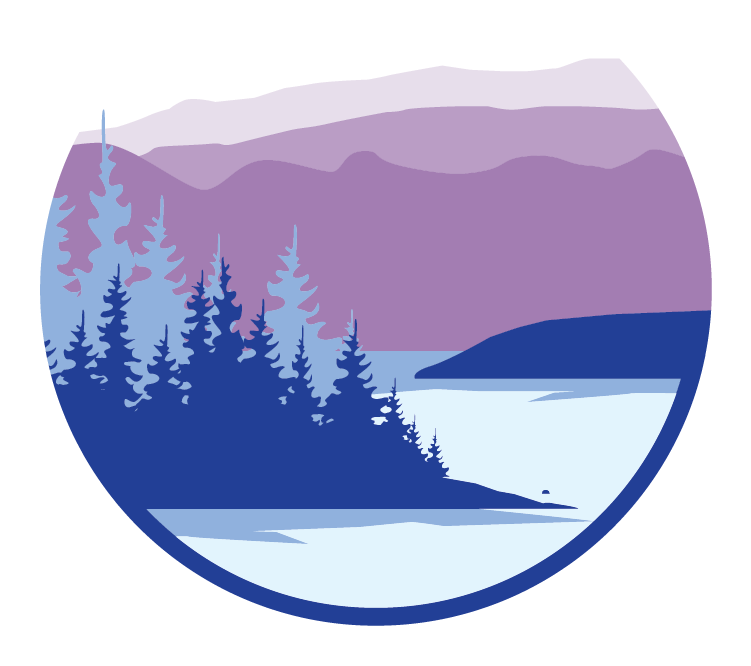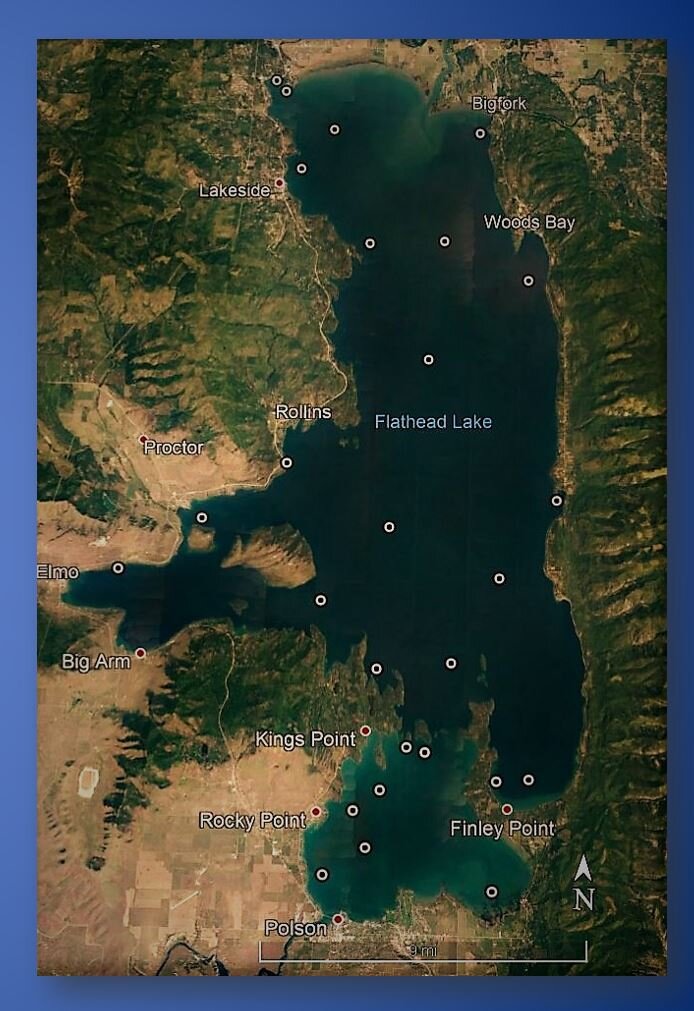
Flathead Lake Secchi Dip-in
Join us for the Annual Flathead Lake Secchi Dip-in!
The Secchi Dip-in an international effort to to collect water clarity data from lakes, rivers, and streams all around North America since 1994. Started by the North American Lakes Management Society, this database is extensive and helps scientists learn about trends in water clarity, and what those trends mean.
Flathead Lake’s incredible water clarity is world renowned and unique, especially as lakes across the world become more polluted and less clear. It is important that Flathead Lake participates in this annual Secchi Dip-in, to include our data in nationwide trends but also for us to keep an eye on our lake and watershed.
If you’re interested in participating in this year’s Secchi Dip-in, contact us at lakers@flatheadlakers.org or 406-515-9262, for more information or to pick up your Secchi Disk.
Thank you!
Seeing Flathead Clearly - Three Year Secchi Dip-in Summary
Over the three years, we’ve had 37 volunteers collect 173 Secchi observations around Flathead Lake during summer. These data have supported the effort for a new FLBS FMP monitoring site in Polson Bay, documented the clearest water in 25 years, and were entered into a national monitoring database.
Acknowledgements
CITIZEN SCIENCE VOLUNTEERS:
Bill Amass, Wayne Anderson, Dick Armstrong, Jay Barlow & Barb Taylor, Johanna Bangemann & Lisa Prugh, Laura Bean, Carroll Blend, Shawn Devlin, Tom Eddy, Gayle & Dick Graf, Bruce & Donna Hartman, Eric Hurst, Lydia Kimball, Spencer & Tara Lee, Sherry McClauchlan, Kevin McDonnell, Mike & Mary McDonough and grandkids, Rob & Nancy Mitchell, Randy & Jim Mohn, Bob Moore, Linda Regnier, Marilyn & Ron Roberts, Steve & Arla Rosso, Tom & Kate Schlapfer, Rick Skates, Jackie Slovak, Roger & Libby Smith, Craig Spencer, Jeff & Susan Tuttle, Beverly Warren-Leigh, Ian Withrow, Jerry Woodahl, John Working, Ken Yachechak, and Pamela Young.
GRANT SUPPORT: Greater Polson Community Foundation
IN-KIND CONTRIBUTIONS: Dr. Shawn Devlin, Flathead Lake Monitoring Program, FLBS, University of Montana; Monica Elser, Flathead Lake Aquatic Research Education, FLBS, University of Montana; and Flathead Lake Biological Station, University of Montana.
Regularly monitoring transparency can help find water quality issues before they turn into real threats to our clean water.
The Flathead Lake Citizen Science (FLCS) program has a team of volunteers around Flathead Lake monitoring water clarity with a simple scientific instrument called a Secchi disk. Volunteers lower their black and white disks into the water on a sunny July day, until it is no longer visible and note the depth it disappeared. The annual Flathead Lake Secchi Dip-in is part of an international effort to track changes in water quality around North America since 1994, and is in partnership with the Flathead Lake Biological Station’s Flathead Monitoring Program (FLBS FMP).
The Secchi depth is a measure of water transparency, or clarity. It can be an indicator of how human activities are impacting the watershed. Transparency can be affected by the color of the water, algae, and suspended sediments, and be influenced by nutrients coming into the lake from nonpoint source pollution.
Three year summary: How does Flathead Lake compare?
Flathead Lake has extremely clear water, with significantly higher water clarity than most lakes in the US when compared with the National Lake Assessment data. The values observed in Flathead Lake by the citizen science program are roughly 3 times higher than the national average.
Seasonality is the greatest driver of water clarity in Flathead. June observations are low because of the lingering effects of the spring runoff and sediment plume. Water clarity increases in July as particles in the plume begin to settle out.
As plume particles continue to sink, primary production of algal biomass maintains similar water clarity in August. In September, rates of primary production decrease as nutrients are depleted, and phytoplankton biomass accumulation no longer exceeds sinking rates, increasing water clarity.
Figure 1: Water clarity measurements from the Flathead Lake Secchi Dip-In 2018-2020, FLBS FMP at mid-lake deep 1977-2020, and the 2017 National Lake Assessment. Horizontal lines within the boxes indicate the median value of observed measurements.
Figure 2: Secchi observations taken in a single month by our volunteers showed a similar range of water clarity to that of 40 years of measurements at a single site. The bimodal distributions (double peaks) observed in 2018 and 2020 reflect the dynamic nature of water clarity within a single month.
Figure 3: Distributions of all measurements of the FLCS program’s Flathead Lake Secchi Dip-In 2018-2020 by month. The seasonal patterns shown here correspond to seasonal patterns observed by FLBS FMP.






